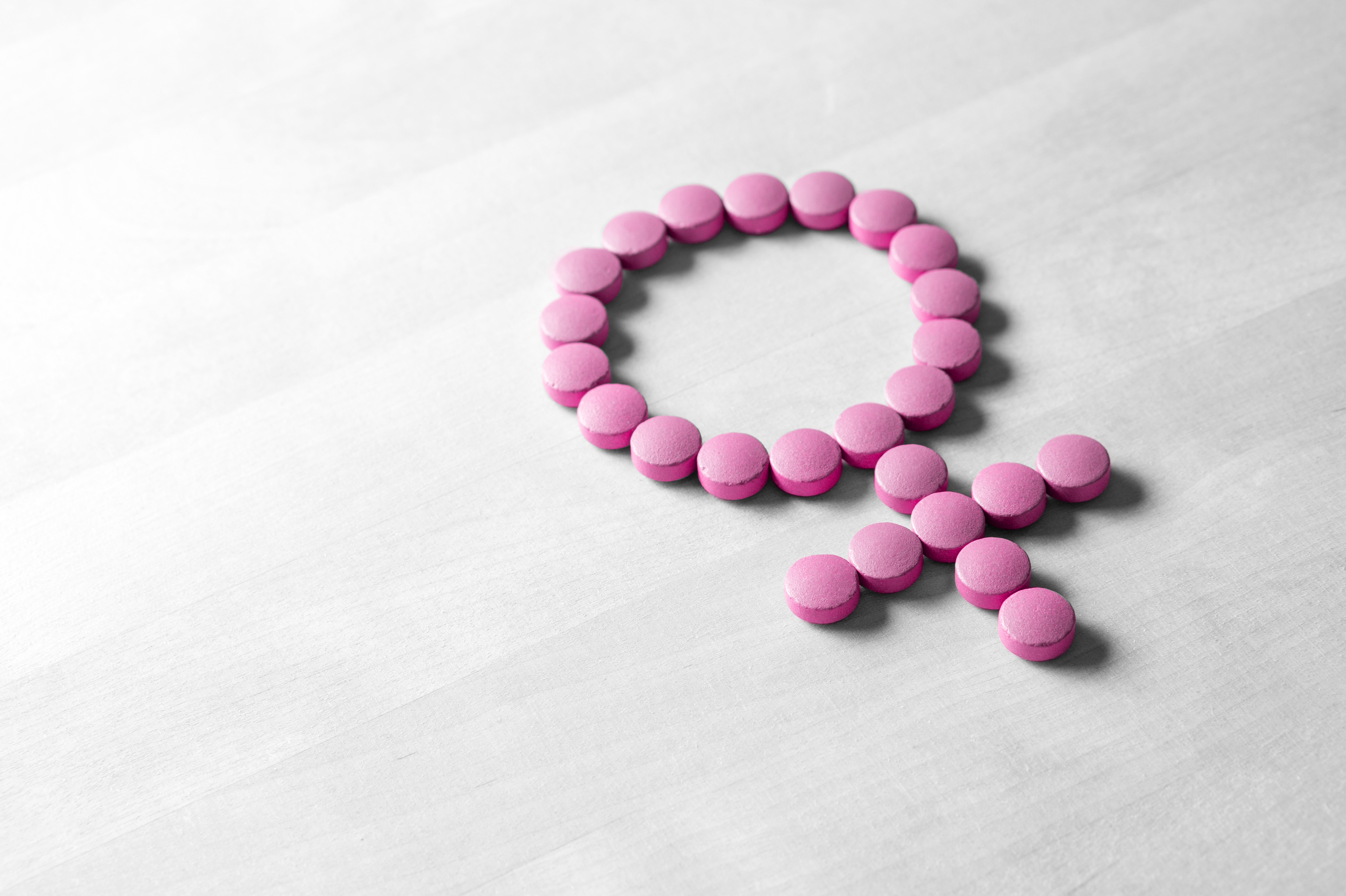 The mere mention of the word can produce a variety of responses; confusion, uncertainty, puzzlement, terror, liberation, heated debates, and relief. No matter how you perceive this life-changing chapter in your life your experience will be like a snowflake … unique. Keep that snowflake thought tucked away for later when we discuss hot flashes.
The mere mention of the word can produce a variety of responses; confusion, uncertainty, puzzlement, terror, liberation, heated debates, and relief. No matter how you perceive this life-changing chapter in your life your experience will be like a snowflake … unique. Keep that snowflake thought tucked away for later when we discuss hot flashes.
Natural menopause as opposed to surgical menopause is defined as the complete cessation of menses or the very last menstrual period; it is a single physiologic event. No spontaneous menses for one year needs to occur before this definition is achieved.
The ten to fifteen or more years leading to this event is called the perimenopause. However, most of the general public uses menopause and perimenopause interchangeably. This is the time when all bets are off for any type of logical, patterned or consistent symptoms, which can start as early as age 35 and continue into the early 50s. The average age of menopause is 51.3 years. Consider this the time when your ovaries are trying to decide if they should retire or only take a short sabbatical.
The ovaries are home for the 1-3 million eggs women have when they are born. Through out a woman’s life that number diminishes. At menarche, or first menstrual period the number has already decreased to around 400,000 and by the time menopause occurs there may be only about 10,000. One might ask, what happened to all my eggs and why do I need so many in the first place? A small percentage is lost through ovulation with the menstrual cycle however, most die off through a process called atresia and some are not strong enough to become mature. Quantity does not always mean quality. However, that is another topic.
The ovaries are the main producers for the hormones that we have a love hate relationship with estrogen and testosterone. Estrogen helps with the maturing of the follicles and the build up and priming of the uterine lining just in case one of those 400,000 eggs meets the man of her dreams and a pregnancy occurs. The follicles become more responsive to estrogen through a hormone called FHS (follicle-stimulating hormone) and continues on the journey with the help of LH (luteinizing Hormone). Testosterone has an influence on our sex drive. More is not necessarily better with this hormone, again, another topic.
Why a crash course in period 101 you ask? Understanding how the system works helps one understand when the system has varied or changed paths. An example of this is the change in the menstrual cycle. This is usually the first sign of the perimenopause. Different DOES NOT always mean ABNORMAL. One can expect any type of change in the cycle. This can be heavier or lighter flow, shorter or longer days of flow, or shorter or longer periods between menses. This occurs because the estrogen levels begin to go up and down randomly as does the FSH and LH levels depending on how responsive the ovaries and follicles are to the stimulation from the pituitary. Remember estrogen builds up the uterine lining in proportion to the amount produced. Thus the menstrual cycle is changing in response. It is only following orders. As one gets closer to menopause the follicles become more resistant to FSH and the ovaries dramatically reduce their production of estrogen.
 Because estrogen affects not only the ovaries but also the blood vessels, heart, bone, breasts, uterus, urinary system, skin and brain, one can see how women have such a wide variety of symptoms associated with peri/menopause. Let us not forget the other hormone from the ovary … testosterone. The ovaries are non-discriminatory when it comes to decreasing hormonal production. Along with estrogen is testosterone. Even though the adrenal glands valiantly still produce a small amount of testosterone, it isn’t very productive because it is not coming from the ovaries. So what is a woman to do with this unpredictable chapter in her life? BREATH … and remember you are not alone and there is help available in navigating this course. I must admit that at times there is too much help. Just like when you wanted to change your “look” and everyone had an opinion. Admit it, we have all been there.
Because estrogen affects not only the ovaries but also the blood vessels, heart, bone, breasts, uterus, urinary system, skin and brain, one can see how women have such a wide variety of symptoms associated with peri/menopause. Let us not forget the other hormone from the ovary … testosterone. The ovaries are non-discriminatory when it comes to decreasing hormonal production. Along with estrogen is testosterone. Even though the adrenal glands valiantly still produce a small amount of testosterone, it isn’t very productive because it is not coming from the ovaries. So what is a woman to do with this unpredictable chapter in her life? BREATH … and remember you are not alone and there is help available in navigating this course. I must admit that at times there is too much help. Just like when you wanted to change your “look” and everyone had an opinion. Admit it, we have all been there.
The key is to be able to decipher all of the information that is available and remember … “because it is on the Internet and they can’t put anything on the Internet if it isn’t true” (to quote a current commercial), is not the most beneficial rationale.
Most of us have seen the cartoons depicting the woman with hot flashes that make her a frequent flyer to the Bahamas, night sweets that feel like she is sleeping in the desert and Antarctica at the same time, not to mention forgetting why she went into that particular room.
Every person is different (remember the snowflake) as are the tools to help navigate your symptoms. Most of the premenopausal symptoms are caused from the decrease estrogen production. That does not mean that hormones are the answer for every one or the only answer. Lifestyle is an important component. Eating healthy, maintaining a healthy weight, exercise, not smoking, and getting enough sleep can help in managing quite a few symptoms. Some are saying that sleep is the new sex. Some herbal preparations may help.
If appropriate, hormones are another available tool. There are many passionate opinions on this subject. Natural vs. synthetic, compounded vs. standardized, FDA approved, non-approved, route of delivery, no wonder it is so confusing. It is important to remember the definitions. Natural refers to the source. It is found in nature and formulated into drugs without undergoing ANY chemical modifications eg. CEE conjugated Equine Estrogen. Bioidentical refers to native to the body and synthesized from either natural steroid or non-steroidal precursors, Estradiol and Estrone. Estrone is the most secreted estrogen in menopause. Prometrium is a plant-derived progesterone that is micronized in peanut oil. lf you have a peanut or nut allergy it will need to be compounded in a different oil.
 There are other drug classifications that also help with hot flashes. The SSRis, SNRis, clonidine and gabapentin may be useful for women who cannot or choose not to use hormones. Deciding what works for you is something only you with the help of your health care provider can decide.
There are other drug classifications that also help with hot flashes. The SSRis, SNRis, clonidine and gabapentin may be useful for women who cannot or choose not to use hormones. Deciding what works for you is something only you with the help of your health care provider can decide.
At Billings OB-GYN, we are committed to providing you with the care and compassion that you deserve. Contact us today or call (406) 248-3607 to schedule your appointment.

